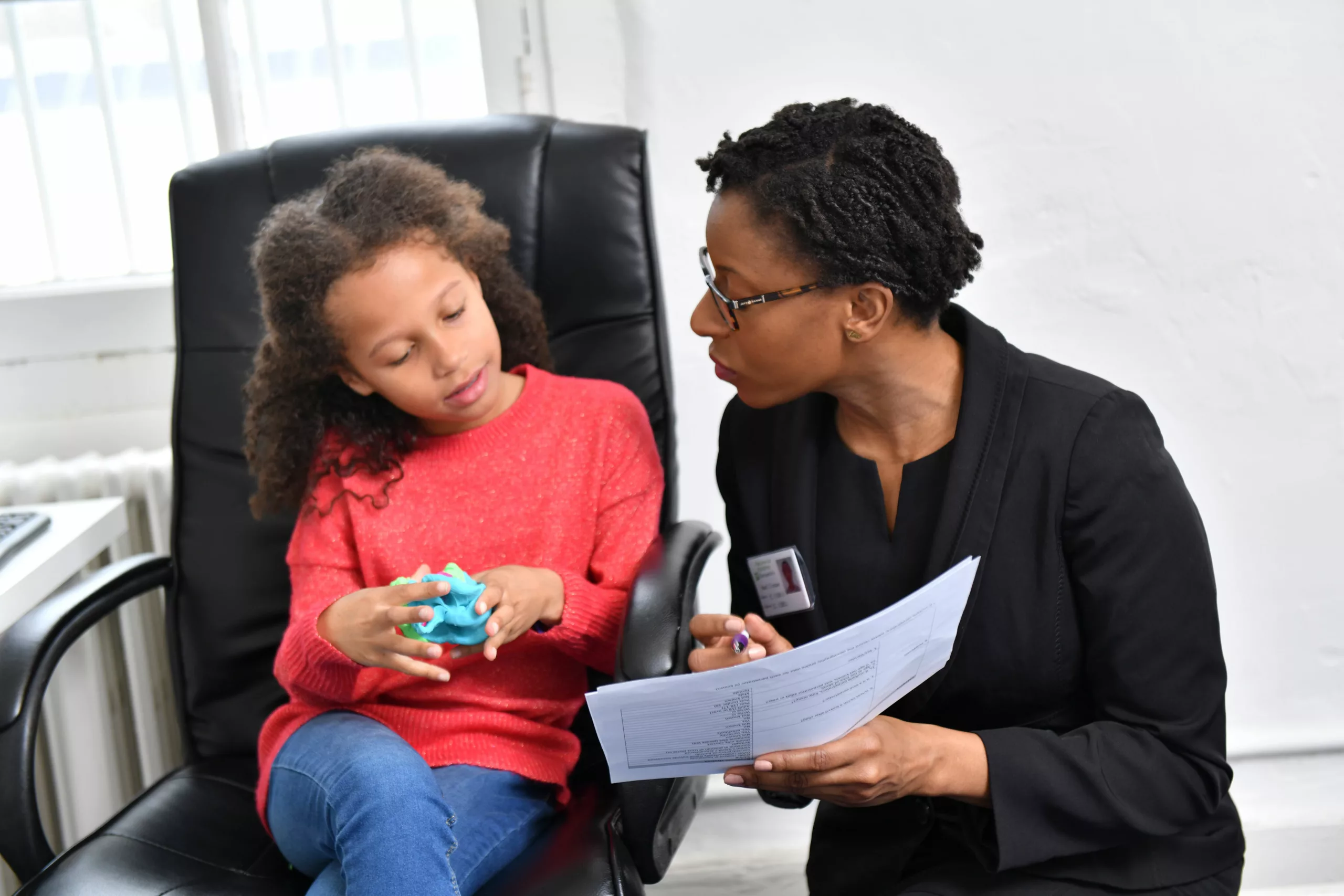In 2019, the Centre of expertise on child sexual abuse (CSA Centre) published Improving your data on child sexual abuse – a practical guide for organisations, along with a data improvement tool, to help organisations assess their current data collection practice. The guide recommends 30 core items of data which all agencies working with child sexual abuse – including child sexual exploitation – are encouraged to collect, including data related to the victim, the suspect/perpetrator, the context in which the abuse occurred, and the involvement of services. It also recommends how the data should be categorised, so that information can be recorded systematically and then extracted from data systems and reported in a standard format.
In this blog, I will share the Lighthouse team’s experiences using the tool and how it has benefitted our practice. The Lighthouse is a multi-agency service for children and young people who have experienced child sexual abuse. The service is provided by University College London Hospitals NHS Foundation Trust (UCLH), in partnership with The Tavistock and Portman NHS Foundation Trust, NSPCC, Solace Women’s Aid, Camden Local Authority and the Metropolitan Police Service.
Using the data improvement tool
Our case management system at the Lighthouse was designed to capture data for an external evaluation of the three-year pilot project and as such was designed with data collection for this purpose in mind. Arguably, this has sometimes made the system less user friendly for practitioners working within the Lighthouse. Case management systems have to balance easily capturing the notes recorded by practitioners about the support and care offered to children, but with data collection necessary for performance reporting and research. We felt the data improvement tool would be a good way to assess our case management system and to identify areas for improvement.
What did we learn?
The Lighthouse team found that we had included important data about the victims and referral routes but were still missing some information to ensure whole system improvement and research – and really a representative recording of the experiences the whole team. It told us that in 40% of areas we matched the recommended core data fields, recommended in the data improvement tool’ but in the remaining 60% we needed to make either some minor amendments to fully align or to collect additional data.
In particular, it highlighted that we did not have specific fields for recording detailed information about the alleged perpetrator such as their role in the abuse, how they first met the victim and the enablers they used to carry out/maintain the abuse, although of course, this would be described in the case notes we weren’t collecting the information in a way that we could easily analyse it. Other aspects of abuse that were only captured in case notes included: the age the abuse started, length and frequency of the abuse, any online element of abuse and whether the abuse involved trafficking. In addition, we captured identifiable demographic data about the alleged perpetrator, in a secure part of the system only accessed by the police.
Other fields were not a complete match for the data improvement tool, but close enough – such as sexuality, disability, and wider vulnerabilities. There is often no right or wrong answer as to which options to include but the data improvement tool assists all providers of child sexual abuse services to review their existing data and develop a consistent data set. I believe if we all were to put this tool into practice it would support national benchmarking and research.
What did we change?
We focused initially on matching our data as closely as possible to the data improvement tool options to enable future comparisons with other services – such as categories to record information about sexuality, disability and neuro-disability, length and frequency of abuse. Practitioners’ preferences for options varied widely amongst the team and lead us to some healthy debate. A consideration we found was that whilst the tool helps to provide one option for a consistent approach, the options may need regular review as services, language and culture develop. For example, our Equality Diversity and Inclusion group highlighted the additional need to include the gender identity, ‘intersex’, and a broader range of sexualities.
The use tool also triggered a helpful review of the wellbeing assessment, the medical and criminal justice pathways, which now enables the collection of data on sexual health, immunisations, contraception and tracks progress through the criminal justice system.
How did we make the changes?
Reviewing case management systems is a lengthy process and for us at the Lighthouse it lasted over a year. Areas of change were identified by the data analyst and practitioners, which were mapped onto a new system specification. It’s important to consider the impact on current and future reporting when you make any change, being sure to combine new data or to create a secure legacy section.
A team of ‘Super-users’ from each team then road tested the new system, to ensure it was user friendly for practitioners. Finally, the whole Lighthouse team had to be trained for two days on how to use the new system, because the data outputs are only as good as the information that the practitioners enter into the system. Looking back, the time invested across the whole team has been considerable and my advice is to make sure everything has been included when you embark on a change of this scale.
What is our hope and aspiration?
Our hope is that all providers of services for child sexual abuse use the same core datasets. That way we can properly enable benchmarking nationally – and of course – be set for more collaborative research. We have found it really helpful to benchmark our services against Sexual Assault Referral Centres (SARCs) that support children and in future we hope to extend this benchmarking to international Barnahus services, some of whom are using the PROMISE standardised data base. This benchmarking will allow the Lighthouse and other services to identify themes and trends that will support improvements in prevention of child sexual abuse and support after child sexual abuse for children and young people.









